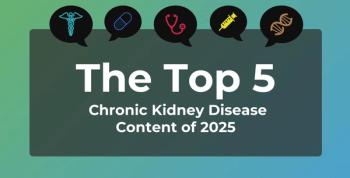
Will 2014 Be the Year of the Electronic Health Record?
2014 has been identified as the make-or-break year for electronic health records (EHRs). Despite a more than $22 billion federal investment to reward meaningful use of EHR technology, new report findings suggest that the government has failed to put protections in place that would prevent the technology from increasing costs, including through overbilling.
2014 has been
“We’re continuing to see the use of cut-and-paste in health care organizations because clinicians find it is one of the only ways they can manage the documentation process,” said Michelle Dougherty, the senior director of research and development at the American Health Information Management Association, “but there is the potential that there is information being copied that is not relevant or [is] even erroneous.”
As much as EHRs promise to improve care, one study showed that a group of physicians in an emergency department spent nearly half of their shift entering dating, and only about a third of their time engaging with patients.
Dr Ashish K. Jha, professor of health policy at the Harvard School of Public Health, says that longtime supporters of EHRs have “spent a lot of years overhyping and overselling it.”
If EHRs can successfully be integrated into health systems, it could simplify efforts in monitoring patient populations, reduce medical errors, and cultivate innovation. “Big data is really having the ability to track patients through their life cycle and then use smart analytics to understand not just the life cycle of the patient but how it compares to [the] population,” says Jan De Witte, CEO of General Electric’s healthcare IT division.
Paul Black, CEO and president of Allscripts Healthcare Solutions, adds: “Once everything is automated and once everything is digitized, you actually have the promise of really permanently moving the meter on the care that’s delivered and the amount of money that it takes to deliver it.”
Around the Web
Electronic Health Records' ‘Make-or-Break Year’
Report Finds More Flaws in Digitizing Patient Files
Newsletter
Stay ahead of policy, cost, and value—subscribe to AJMC for expert insights at the intersection of clinical care and health economics.









































